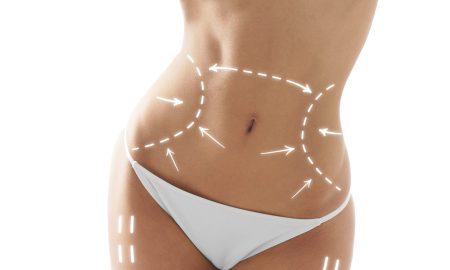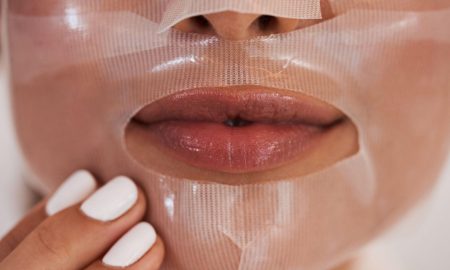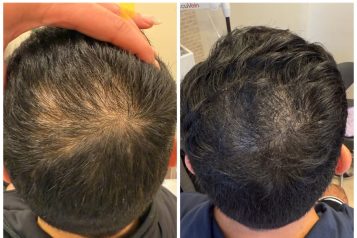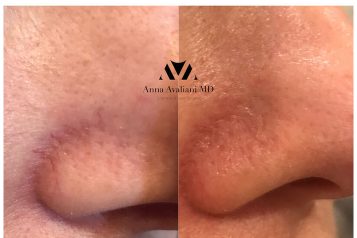Flossing has long been a cornerstone of oral hygiene, recommended by dentists worldwide as essential for maintaining healthy teeth and gums. But as technology advances, water flossers (also known as oral irrigators) have become a popular alternative to traditional string floss. This has sparked a debate: Are water flossers as effective as string floss, or is one method superior?
 Photo Credit: Olena Yakobchuk/Shutterstock
Photo Credit: Olena Yakobchuk/Shutterstock
The Case for String Floss
Traditional string floss has been a dental staple for decades. Made from nylon or Teflon, it’s designed to manually remove plaque and debris between teeth and below the gum line. Key benefits include:
- Precision: String floss allows users to target specific areas.
- Plaque Removal: It effectively scrapes plaque off tooth surfaces and reduces the risk of cavities.
- Portability: A small container of floss can fit into any bag or pocket, making it convenient.
However, string floss does have its drawbacks. Many people find it difficult to use, especially those with braces, crowded teeth, or limited dexterity. Improper technique, such as snapping the floss against the gums, can cause irritation or bleeding.
The Rise of Water Flossers
Water flossers use a steady stream of pressurized water to clean between teeth and along the gum line. They’re particularly appealing to individuals who struggle with string floss. Advantages of water flossers include:
- Ease of Use: Water flossers are ideal for people with braces, dental implants, or limited mobility.
- Gum Health: The water jet massages the gums, promoting circulation and potentially reducing inflammation.
- Reach: They can access hard-to-reach areas, such as periodontal pockets or around dental appliances.
Water flossers, however, can be more expensive and less portable than string floss. They also require a power source and regular maintenance.
What Does the Research Say?
Scientific studies have compared the effectiveness of water flossers and string floss, with mixed results:
- Plaque Removal: String floss excels at physically scraping away plaque. A 2015 study in the Journal of Clinical Dentistry found that while water flossers reduce plaque, they may not be as thorough as string floss in this regard.
- Gum Health: Water flossers have been shown to reduce gingivitis and gum bleeding. A study by the American Journal of Orthodontics and Dentofacial Orthopedics found that water flossers were 29% more effective than string floss at reducing gingival bleeding.
- Compliance: People are more likely to stick with water flossers due to their ease of use, potentially making them a better choice for long-term oral care.
Which One Should You Choose?
The choice between water flossers and string floss ultimately depends on individual needs and preferences:
- For Maximum Plaque Removal: String floss is still the gold standard.
- For Those with Dental Appliances or Sensitive Gums: A water flosser may be more effective and comfortable.
- For Better Compliance: Water flossers can encourage regular flossing habits, which is critical for overall oral health.
A Combined Approach
Many dentists recommend using both methods for optimal oral hygiene. Start with string floss to remove stubborn plaque, and follow up with a water flosser to clean around the gum line and dental appliances.
While the debate on flossing continues, one fact remains clear: daily interdental cleaning is essential for maintaining healthy teeth and gums. Whether you choose a water flosser, string floss, or both, consistency is key. To determine the best option for your specific dental needs, reach out to Dr. Mimi Yeung at M.Y. Dental Spa in New York, New York for a personalized consultation and take the first step toward a healthier smile.
For more information, visit Dr. Mimi Yeung's social media:





















